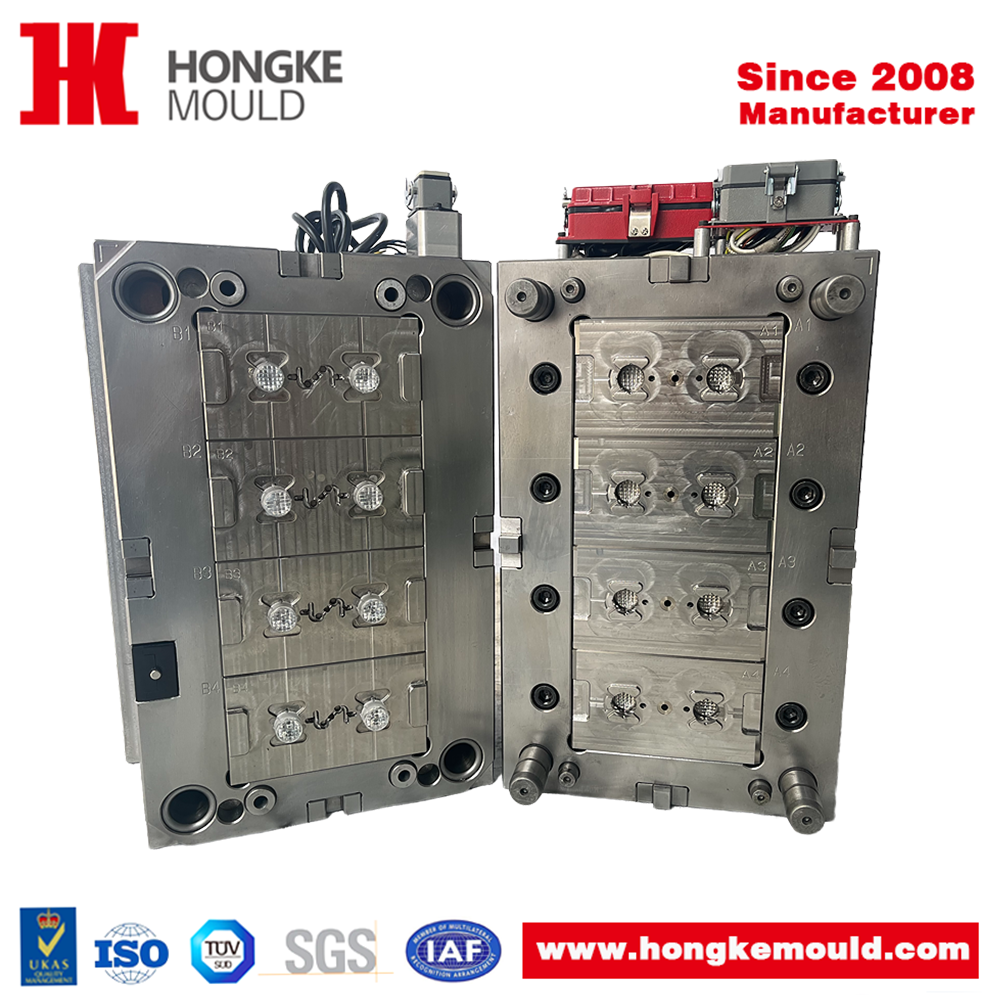The gate in the Injection Mould, also called the feed gate, is a short and short flow path connecting the diverter and the cavity (except for direct gates). This is a critical part of the gating system. Its main functions are: ①After the mold cavity is filled, the melt will first solidify at the gate to prevent it from flowing back. ②Easy to remove the condensate of the pouring system at the gate. The cross-sectional area of the gate is approximately 0.03 to 0.09 of the cross-sectional area of the flow channel. The length of the gate is about 0.5mm to 2mm. The specific size of the gate is usually determined empirically. Take the lower limit and gradually correct it during the test. When the plastic melt passes through the gate, the shear rate increases and the internal friction of the melt intensifies, thereby increasing the temperature of the material flow, reducing the viscosity, improving the flow performance and facilitating filling. However, suppose the gate size is too small. In that case, pressure loss will increase, condensation will accelerate, shrinkage will be difficult, and even spraying will occur, affecting the quality of Plastic Mould parts. There are several types of gates in injection mouldings: (1) Direct gate Direct gate is also called center gate. The gate has a small resistance and fast feeding speed. It is commonly used in single-cavity moulds to form large, deep Plastic Injection Mould parts. It is suitable for various plastics, especially plastics with high viscosity and poor fluidity, such as PC and PSF. When forming shallow, flat plastic parts with sprues, bending and warping can occur. At the same time, the inconvenience of removing the gate will leave obvious traces of the gate. Sometimes due to the heat concentration at the gate, the cavity sealing will be delayed and the internal stress will be large. As a source of cracks, the gate should be designed to be as small as possible. When molding thin-walled plastic parts, the diameter of the gate root should be a maximum of twice the wall thickness of the plastic part. (2) Side gate Side gates are also called edge gates. Its cross-section is rectangular. It usually opens on the parting surface and feeds from the side of the plastic part. The gate position can be reasonably selected according to needs, especially suitable for moulds with multiple cavities. (3) Point gate Point gate, also called pinpoint gate, is a very small gate that is widely used in various types of shell plastic parts. When opening the mold, the gate can be pulled off by itself. At the joint between the gate and the plastic part, in order to prevent the plastic part from being damaged when the point gate breaks, a small boss can be designed. The cross-sectional area of the point gate is small, solidifies quickly, and is not conducive to shrinkage. It is not suitable for thick wall plastic parts. (4) Latent gate Also called shear gate, it evolved from point gate. Point gates are used for three-plate molds, and latent gates are used for two-plate molds, simplifying the mold structure. The submarine gate is set in a hidden part inside or outside the plastic part, which does not affect the appearance of the plastic part. When pushing out plastic parts, the gate will be cut off, but it requires strong pushing force, so it is not suitable for hard plastics.







